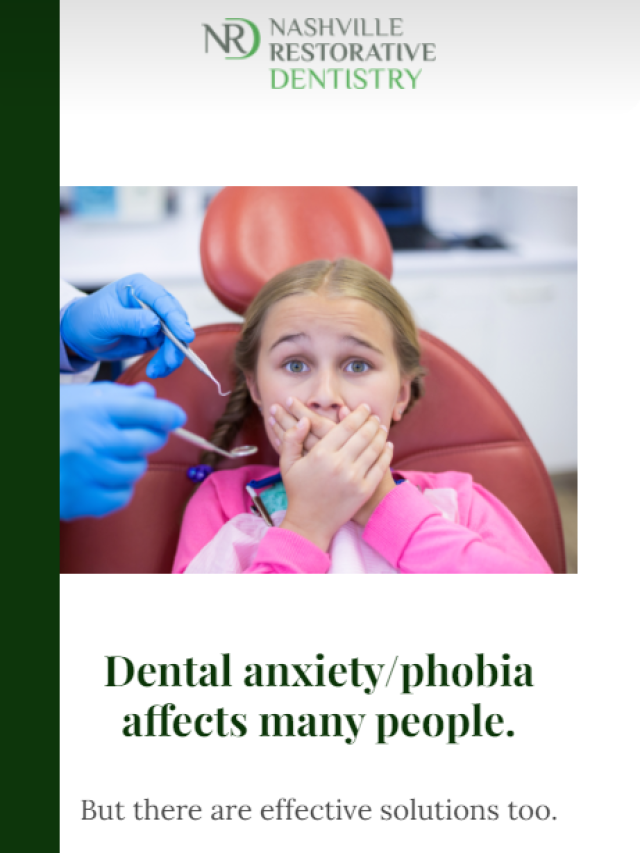
30
Jan
The Hidden Dangers of Dental Plaque

The soft, sticky film that collects on teeth after eating sugary or starchy foods is called plaque. Dental plaque contains a host of bacteria that is directly linked to tooth decay. But cavities aren’t the only serious issue associated with this build up.
There is a direct relationship between improper oral care and overall health problems. The bacteria contained in plaque can trigger inflammation not just in the mouth but also throughout the body. The bacteria in dental plaque is the primary cause of the inflammation that causes gum disease, a condition that results in the separation of gum tissue from the teeth, which creates access for bacteria to attack the underlying bone. Gum disease (aka “periodontal disease”) has been connected to heart attack and stroke risk, Alzheimer’s, cancers, preterm birth, diabetes, and rheumatoid arthritis.
The stages of gum disease
Gum disease is not a sudden onset issue. It takes time to evolve from a reversible nuisance to a condition that requires restorative care. There are three distinct stages of gum disease, and it can take years of neglect before significant damage is done. These are gingivitis, periodontitis, and advanced periodontitis.
Gingivitis, the first stage, is the initial inflammation triggered by gum-line plaque buildup. Usually, it is first noticed as red or bleeding gums. Many people first discuss the issue with their dentist after seeing blood in the sink after spitting out toothpaste. Gingivitis is reversible and, at this point, has yet to cause damage to the underlying bone and connective tissue.
The second phase of periodontal disease is periodontitis. The transition from gingivitis occurs once the bacteria-induced inflammation causes the destruction of bone around the teeth. Nashville Restorative Dentistry affirms that, although bone loss from periodontal disease is irreversible, treatment combined with proper oral hygiene may be able to circumvent further damage.
The final stage of gum disease is advanced periodontitis. Bone levels are significantly and irreversibly damaged and teeth may become loose to the point of falling out completely. This late-stage gum disease can affect how a person eats, drinks, and communicates. Affected teeth may need to be removed, and restorative options may be presented.
Treatment
Gum disease treatment is dependent upon the disease’s stage. Ultrasonic instrumentation to remove tartar buildup and the bacterial biofilm is usually the first recommended option for mild to moderate periodontitis. Additional procedures for more advanced cases may include surgical pocket reduction and bone or tissue grafting.
Controlling dental plaque
Many people mistakenly believe that daily brushing is all it takes to control plaque build up. The experts at Nashville Restorative Dentistry explain that, while this is a good start, and is also necessary for good oral health, it is not enough.
The most effective way to control plaque is to engage in a healthy oral care routine. This includes:
- Regular brushing, preferably twice per day, with a soft-bristled toothbrush a non-abrasive toothpaste. Nashville Restorative Dentistry suggests Sonicare toothbrushes and CariFree toothpaste.
- Rinsing with mouth-wash that promotes gum health. NRD recommends the Brushing Rinse and Closys.
- Cleaning between the teeth. This may be done by using dental floss or a water flosser like a Waterpik.
- Eating a balanced diet, getting good nutrition, and limiting sugar intake.
- Visiting the dentist for professional evaluation and teeth cleaning at least twice per year
Plaque can’t be prevented entirely, but it can be removed before it causes issues. Proper oral hygiene is proven to reduce a person’s chances of suffering from gum disease and the many adverse side effects of the condition.
Have a question about your oral health? We’d love to discuss your options for getting back the healthy smile you want. You can Ask the Doctors anytime!
We are equipped to handle the majority of your dental needs
We understand the importance of having a dentist you can trust. And that means not being sent off to a different specialist every time you need a new procedure. At Nashville Restorative Dentistry, we are equipped to handle the majority of your dental needs from cosmetic to restorative, implants to extractions. When you come to us, you are getting a dental team for life.






